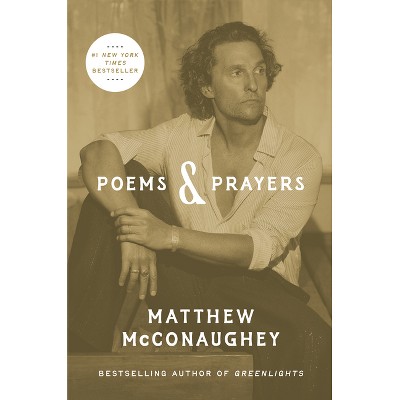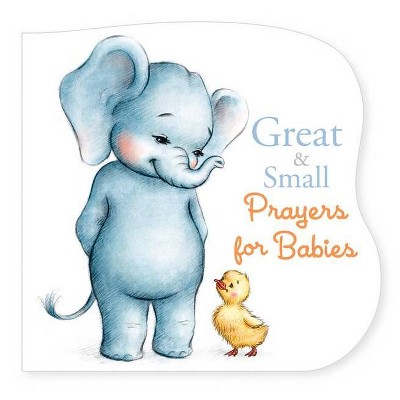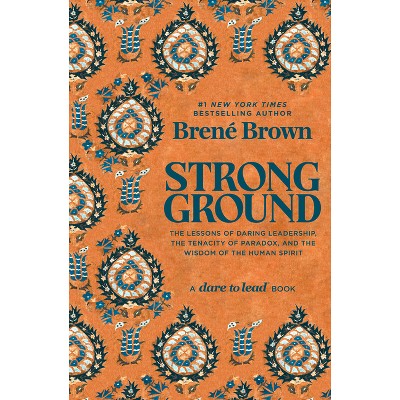Sponsored

Societies Past and Present - (Emerging Globalities and Civilizational Perspectives) by Thomas C Burr (Hardcover)
In Stock
Sponsored
About this item
Highlights
- This global and comparative history examines the evolution of human societies over many millennia, illuminating patterns within societies today.
- About the Author: Thomas Burr is Associate Professor of Sociology at Illinois State University.
- 416 Pages
- Science, Biotechnology
- Series Name: Emerging Globalities and Civilizational Perspectives
Description
Book Synopsis
This global and comparative history examines the evolution of human societies over many millennia, illuminating patterns within societies today. It shows how the original human groups, bands of hunter-gatherers, grew over time into larger and more complex societies through three major transformations: settlement and domestication, the development of complexity and inequality, and industrial globalization. The book describes how each of these major changes in economy and political structure created new types of societies: villages; chiefdoms and other complex societies; agrarian states and empires; and today's global social system. It therefore shows how different types of societies came to co-exist and interact on Earth. The book compares societies along seven aspects: their economies, political systems, cultural patterns, inequalities, family structures, demographics, and environmental patterns. It shows that even societies that shared similar basic features still exhibited great variety. The comparative framework presented here helps readers develop a conceptual vocabulary for understanding societies, the larger social systems within which they exist, and the major social changes that led to this continuing expansion.From the Back Cover
This global and comparative history examines the evolution of human societies over many millennia, illuminating patterns within societies today. It shows how the original human groups, bands of hunter-gatherers, grew over time into larger and more complex societies through three major transformations: settlement and domestication, the development of complexity and inequality, and industrial globalization. The book describes how each of these major changes in economy and political structure created new types of societies: villages; chiefdoms and other complex societies; agrarian states and empires; and today's global social system. It therefore shows how different types of societies came to co-exist and interact on Earth.
The book compares societies along seven aspects: their economies, political systems, cultural patterns, inequalities, family structures, demographics, and environmental patterns. It shows that even societies that shared similar basic features still exhibited great variety. The comparative framework presented here helps readers develop a conceptual vocabulary for understanding societies, the larger social systems within which they exist, and the major social changes that led to this continuing expansion.
About the Author
Thomas Burr is Associate Professor of Sociology at Illinois State University. As an undergraduate double major in Political Science and Latin American Studies at the University of California, Berkeley, he became deeply interested in global issues. He followed this interest at San Francisco State University, where he earned an M.A. in International Relations with a thesis on the history of global political culture. At U.C. Davis he earned an M.A. in History and a Ph.D. in Sociology, specializing in comparative history and economic sociology, for which he researched how producers and consumers related in product markets, using the late nineteenth- and early twentieth-century U.S. and French bicycle markets as a comparative case study. From this study he published articles on producer-consumer collaboration on market formation, market trajectories, market institutions, and product innovation. This research, and this book on global historical sociology, has required reading in economics, marketing, psychology, anthropology, and archaeology, and has therefore cultivated his strong interest in interdisciplinary historical social science. In addition to researching and teaching global sociology, he teaches economic development, popular culture, theory, and research methods. He is increasingly interested in historical methodology, especially the use of secondary historical sources. He lives in Normal, Illinois with his wife and daughter.Shipping details
Return details
Trending Non-Fiction






Discover more options





